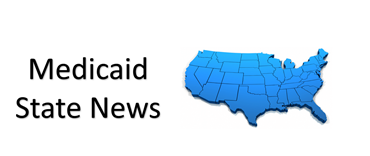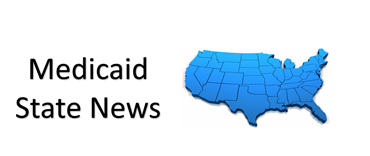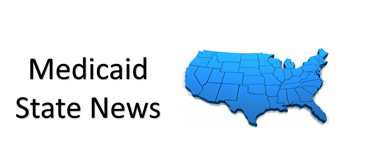MM Curator summary
Medicaid now consumes more than 33% of the Nevada budget, and will spend $2B next year than the year before.
The article below has been highlighted and summarized by our research team. It is provided here for member convenience as part of our Curator service.
Lawmakers were told Thursday that the total Medicaid budget will consume $11.87 billion over the coming two-year budget cycle, more than a third of the total state budget for the coming two years.
That is an increase of $2.3 billion over the current budget, largely the result of the economic collapse caused by the pandemic.
Medicaid Administrator Suzanne Bierman told members of the Senate Finance and Assembly Ways and Means committees the reason is that the number of people receiving Medicaid coverage increased 128,139 since February 2020. By the end of the coming biennium, officials predict Medicaid will be serving 788,000 Nevadans — more than a quarter of the state population.
The federal government is currently covering 68 percent of that amount through the enhanced federal contribution that historically pays most of Medicaid for the states. Bierman said projections are that the percentage will decrease to 63 or 64 percent in the coming two years.
Officials are hoping the enhanced match percent will be extended but that decision hasn’t yet been made.
The total budget proposed by Gov. Steve Sisolak is $31.4 billion for the coming two years. While Medicaid is the majority of HHS spending, the department’s total budget is fully half the entire state budget at just over $15 billion when its other divisions are added in.
The proposed Medicaid budget does restore the 6 percent Medicaid provider rate reduction enacted by the special legislative session last summer. But Bierman said clearing that reduction through the Centers for Medicare and Medicaid Services takes time and it has not yet been authorized.
She said, however, her division is in contact with hospitals and other providers, advising them that, if and when the reductions are approved, the payments to those providers will be reduced retroactively back to August. Providers, she said, are still getting paid at the pre-reduction rates.
Several lawmakers questioned some of the reductions in other parts of the department.
There will be reductions in other divisions including Child and Family Services, Behavioral Health, Aging and Disability Services and Welfare that officials concede could impact clients in a long list of programs to achieve the necessary budget reductions and extend some waiting lists for different services. Dozens of positions will remain vacant in fiscal 2022 but the proposed budget says most will be restored and filled in 2023 as the state continues to recover.
HHS provides all those social, mental health and health services relied upon by the poor, mentally and physically disabled, the medically frail, children and the elderly including those in all categories in long-term care facilities.
In most cases, department officials say there won’t be a reduction in services in most cases but it may take longer for new clients to get services.
Lawmakers expressed concerns about holding some professional positions vacant in the northern and southern Nevada Mental Health facilities but division officials said they are having extreme difficulties filling those posts because private facilities pay significantly more for doctors, nurses, mental health professionals and other medical and psychiatric professionals.
The legislative briefings continue Friday with overviews of the K-12 and the Nevada System of Higher Education budgets along with the military department budget.
Clipped from: https://www.nevadaappeal.com/news/nevada-lawmakers-told-medicaid-will-require-nearly-12-billion-over-2-years/










